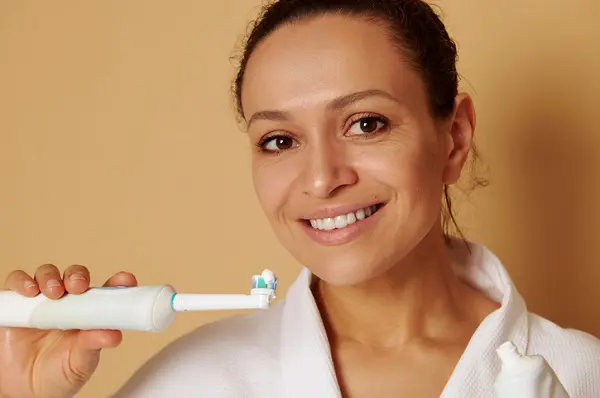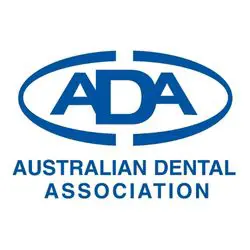
Key messages
- Step-by-step tips for brushing your teeth using an electric toothbrush.
There are 2 main types of electric toothbrushes in Australia:
- Oscillating-rotating
- Sonic electric toothbrushes
Oscillating-rotating electric toothbrushes have a small and round brush head. It looks similar to the toothbrush in the picture above. The brush head spins and vibrates to remove the plaque and bacteria from the surfaces of the teeth.
The sonic electric toothbrush looks similar to a manual toothbrush. It vibrates from side to side to remove the plaque and bacteria.
The technique for using an electric toothbrush is like using a manual toothbrush.
- Wet the toothbrush bristles with water and add toothpaste.
- Place the toothbrush head into your mouth and turn the toothbrush on.
- Move along slowly cleaning one tooth at a time. Let the brush follow the surfaces of your teeth.
- Begin by brushing the top right teeth and then moving to brush the top left teeth. Then move on to brush the lower left teeth and finally brushing the lower right teeth.
- Turn the toothbrush as required to reach the outside, inside and top/chewing surfaces of the teeth.
- After brushing, spit out the toothpaste foam but do not rinse your mouth with water. This lets the fluoride paste sit on the teeth for longer.
Extra features of electric toothbrushes
Timer
Some electric toothbrushes have a 2-minute timer. The toothbrush will let you know once you have reached 2 minutes of brushing.
Brushing the teeth in each corner of the mouth for 30 seconds is a good way to split up your brushing routine. Some timers will buzz or beep every 30 seconds. This can help you to keep track of time to know when to move on to brush the next corner of the mouth.
Pressure sensor
Some electric toothbrushes have a built-in pressure sensor. The sensor will tell you if you are using too much pressure when brushing your teeth. The toothbrush may make a noise, or lights may flash.


